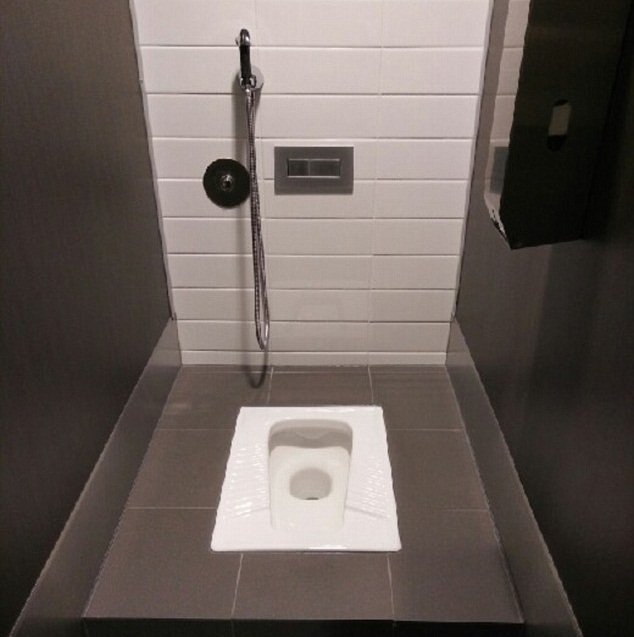
The supplication uttered by Muslims upon leaving the toilet is indicative that the divinely inspired Messenger (Allah’s salutations and peace be upon him) understood that complete removal of waste as possible from the digestive system is essential to human health, “All praise be to Allah who removed harm from me and granted me ease.”
Some present-day researchers claim that a major aspect of this is the posture we adopt during defecation. It is claimed that the optimal posture is the squatting position which was the previous norm throughout history.
According to A History of Technology, Vol.IV: The Industrial Revolution, 1750-1850. (C. Singer, E Holmyard, A Hall, T. Williams eds) Oxford Clarendon Press, pps. 507-508, 1958, except for royalty and the disabled, everyone used the squatting position until the second half of the 19th century.
According to SmithsonianMag…‘The argument that a more “natural posture” has a measurable positive impact on overall health has been floated about for some time now. Proponents tout that even a simple adjustment could go a long way in preventing serious health conditions. A couple of studies have suggested that the squatting method is superior at least in one respect, reducing the likelihood of developing hemorrhoids. One investigation, published in the journal of Digestive Diseases and Sciences, asked subjects to compare, in detail, their experiences using a squatting toilet and a traditional one. Researchers found that when those people sat, it took, on average, 130 seconds to compete their bowel movements, while squatting allowed them to finish in 50 seconds. They also tended to report a more comfortable experience squatting than sitting.
Another study…, published in Lower Urinary Tract Symptoms in 2009, went even further and took a look at the actual physiological changes that occur when subjects were squatting as opposed to sitting. The six participants were x-rayed as they carried on with a toilet session, so that researchers could track, within the intestines, the degree of ease in which bodily waste was eliminated. The resulting analysis revealed that the squatting position led to less abdominal pressure and strain.
Slate.com provides good description of how the mechanics of squatting make it easier to alleviate the gut:
People can control their defecation, to some extent, by contracting or releasing the anal sphincter. But that muscle can’t maintain continence on its own. The body also relies on a bend between the rectum—where faeces builds up—and the anus—where faeces comes out. When we’re standing up, the extent of this bend, called the anorectal angle, is about 90 degrees, which puts upward pressure on the rectum and keeps faeces inside. In a squatting posture, the bend straightens out, like a kink ringed out of a garden hose, and defecation becomes easier.’










